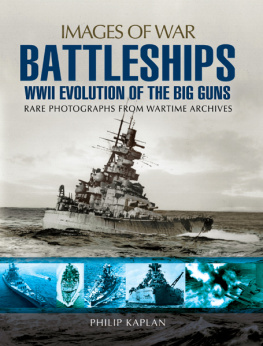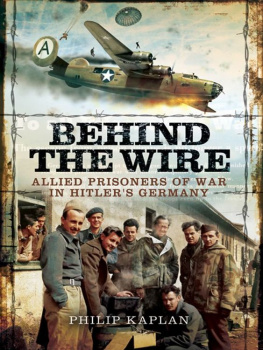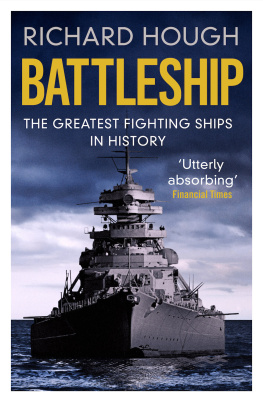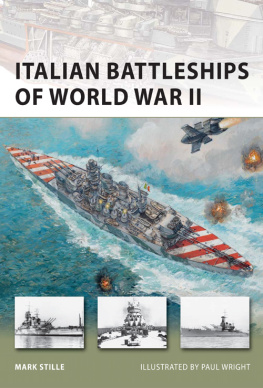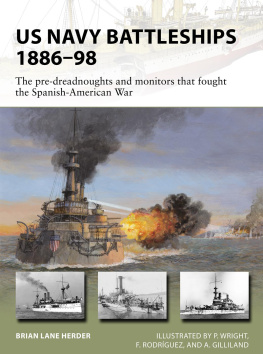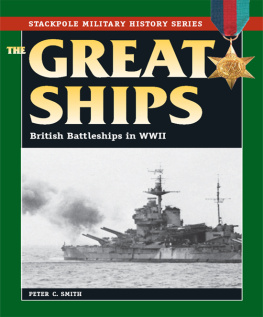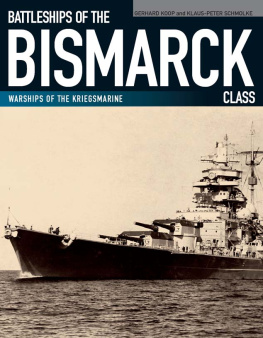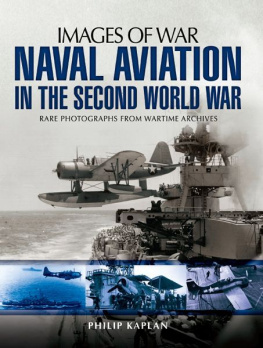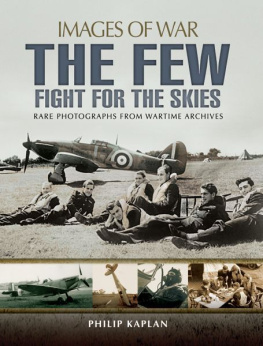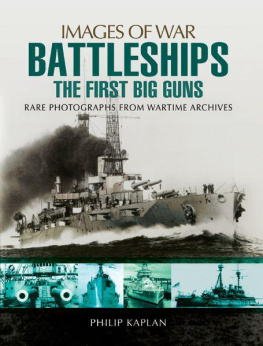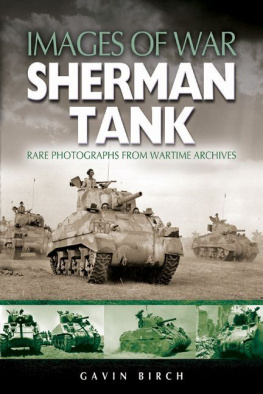First printed in Great Britain in 2014 by
Pen & Sword Maritime
an imprint of
Pen & Sword Books Ltd.
47 Church Street
Barnsley,
South Yorkshire
S70 2AS
A CIP record for this book is available from the British Library.
ISBN: 978 1 78 346 3077
EPUB ISBN: 978 1 47 384 3578
PRC ISBN: 978 1 47 384 3547
The right of Philip Kaplan to be identified as Author of this Work has been asserted by him in accordance with the Copyright, Designs and Patents Act 1988.
All rights reserved. No part of this book may be reproduced or transmitted in any form or by any means, electronic or mechanical including photocopying, recording or by any information storage and retrieval system, without permission from the Publisher in writing.
Printed and bound in England
By CPI Group (UK) Ltd. Croydon, CR0 4YY
Pen & Sword Books Ltd incorporates the Imprints of Pen & Sword Aviation, Pen & Sword Family History, Pen & Sword Maritime, Pen & Sword Military, Pen & Sword Discovery, Wharncliffe Local History, Wharncliffe True Crime,Wharncliffe Transport, Pen & Sword Select, Pen & Sword Military Classics, Leo Cooper, The Praetorian Press, Remember When, Seaforth Publishing and Frontline Publishing.
For a complete list of Pen & Sword titles please contact
Pen & Sword Books Limited
47 Church Street, Barnsley, South Yorkshire, S70
2AS, England
E-mail:
Website: www.pen-and-sword.co.uk
Reasonable efforts have been made to trace the copyright holders of all material used in this book. The author apologizes for any omissions. All reasonable efforts will be made in future editions to correct any such omissions. The author is grateful to the following people for the use of their published and/or unpublished material, and for their kind assistance in the preparation of this book: Charles Addis, Tony Alessandro, Malcolm Bates, Quentin Bland, Charles Brown, Shannon Callahan, Phoebe Clapham, B.R. Coward, Jack Delaney, Keith De Mello, Ernest Ervin, Herb Fahr, Michael Fiske, James Flecker, Joseph Gilby, Gregory Haines, HMS Drake Photo Section, Earl Haubrich, Mike Holloman, Eric Holloway, Pamela Holmes, Tony Iacono, Jan Jacobs, David Jones, Albert Lee Kaiss, Hargi Kaplan, Margaret Kaplan, Neal Kaplan, John Keegan, Richard Landgraff, Henry Leach, Maynard Loy, Ted Mason, Richard McCutcheon, Rita McCutcheon, F.W. Meacham, David Mellor, Neil Mercer, Richard Minear, Morris Montgomery, Robert Oelrich, Ted Pederson, Bruce Porter, Harold Porter, Ernie Pyle, R.V.Racey, Henry Sakaida, Robert Sambataro, John Shelton, Doug Siegfried, Mike Sizeland, Robert Shultz, Ian Smith, Mark Stanhope, Mark Thistlethwaite, John Wellham, Stanley Vejtasa, Mitsuru Yoshida.
Contents
Battleship Construction

The launching of the USS North Dakota, BB29, at Quincy, Massachusetts in 1909. A dreadnought battleship of the Delaware class, she remained in the United States in a training capacity during the First World War, and took no part in actual combat in her career. She was decomommissioned in 1923 under the terms of the Washington Naval Treaty, was scrapped in 1931 and later dismantled. Armed with ten 12-inch main guns, she had a top speed of 21 knots.
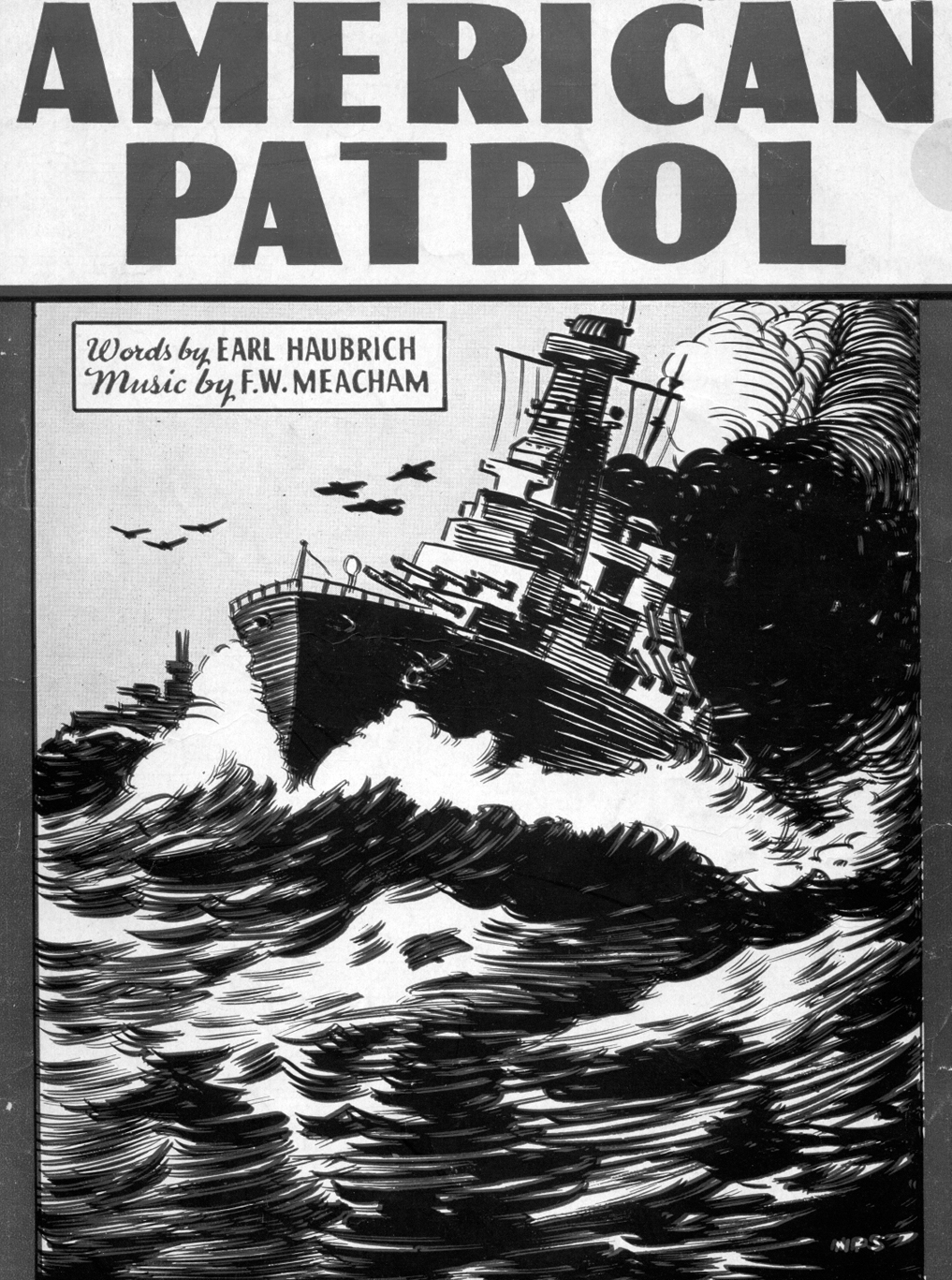
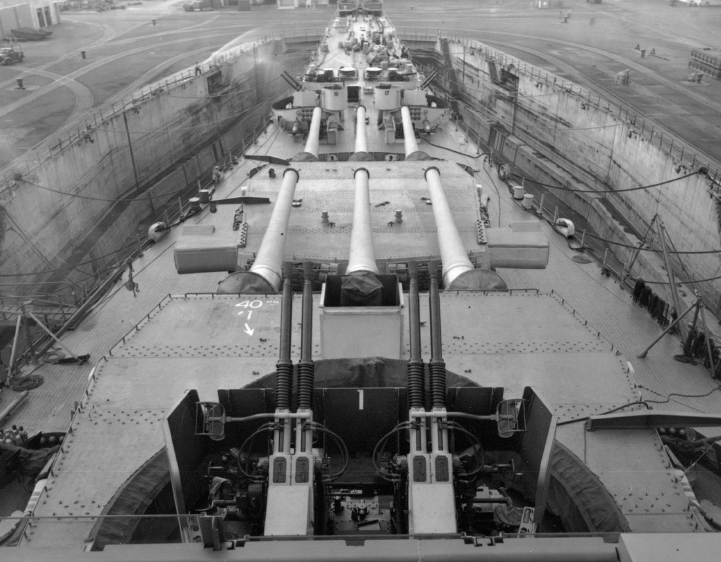
The USS Missouri, BB63, in the New York Navy Yard for a refit in July 1944.
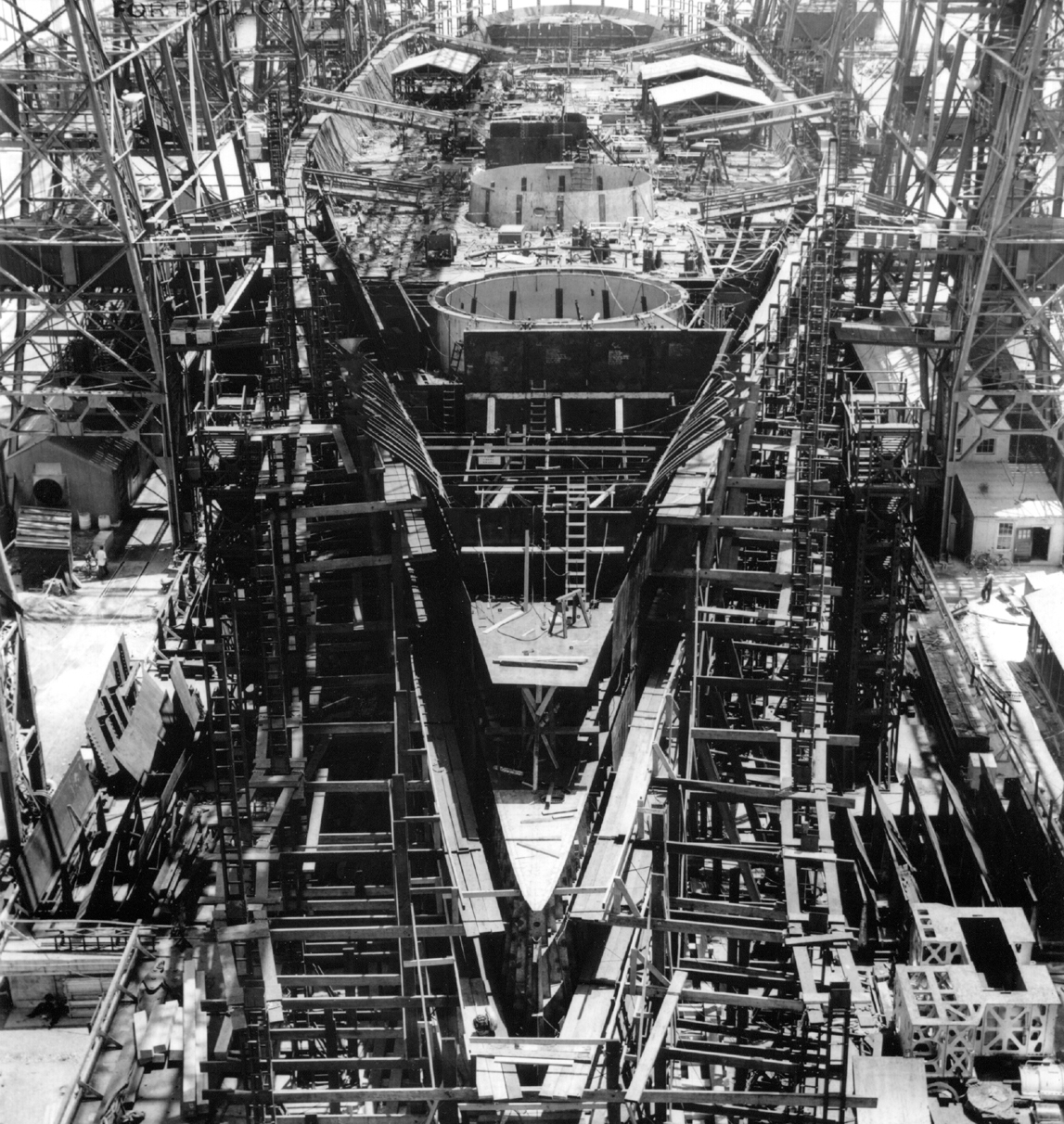
The USS Alabama, BB60, on the building ways at the Norfolk Navy Yard, Virginia, A South Dakota class vessel served in both the Atlantic and Pacific theaters of the Second World War. She was to become a museum ship at Mobile, Alabama in 1965.
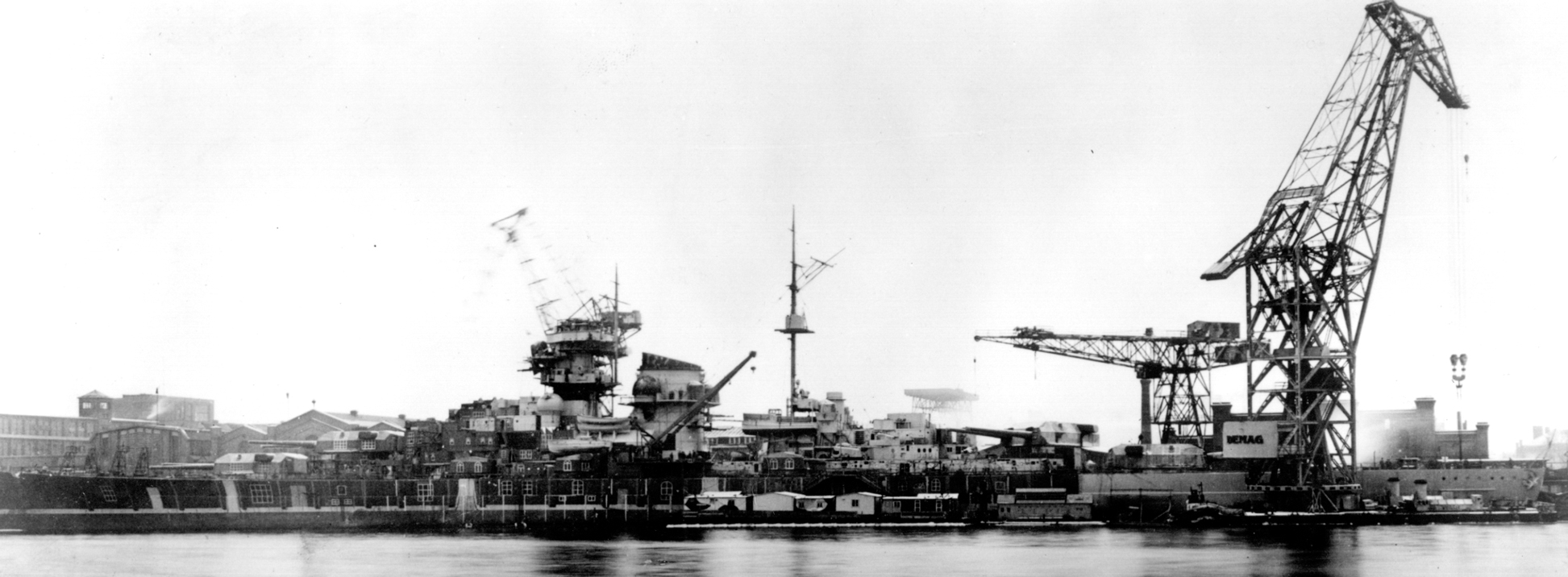
The German battleship Tirpitz, sister ship of the Bismarck, was named after Grand Admiral Alfred von Tirpitz, who had planned the modern German Imperial Navy. She is shown in her fitting-out berth. She was commissioned in February 1941.
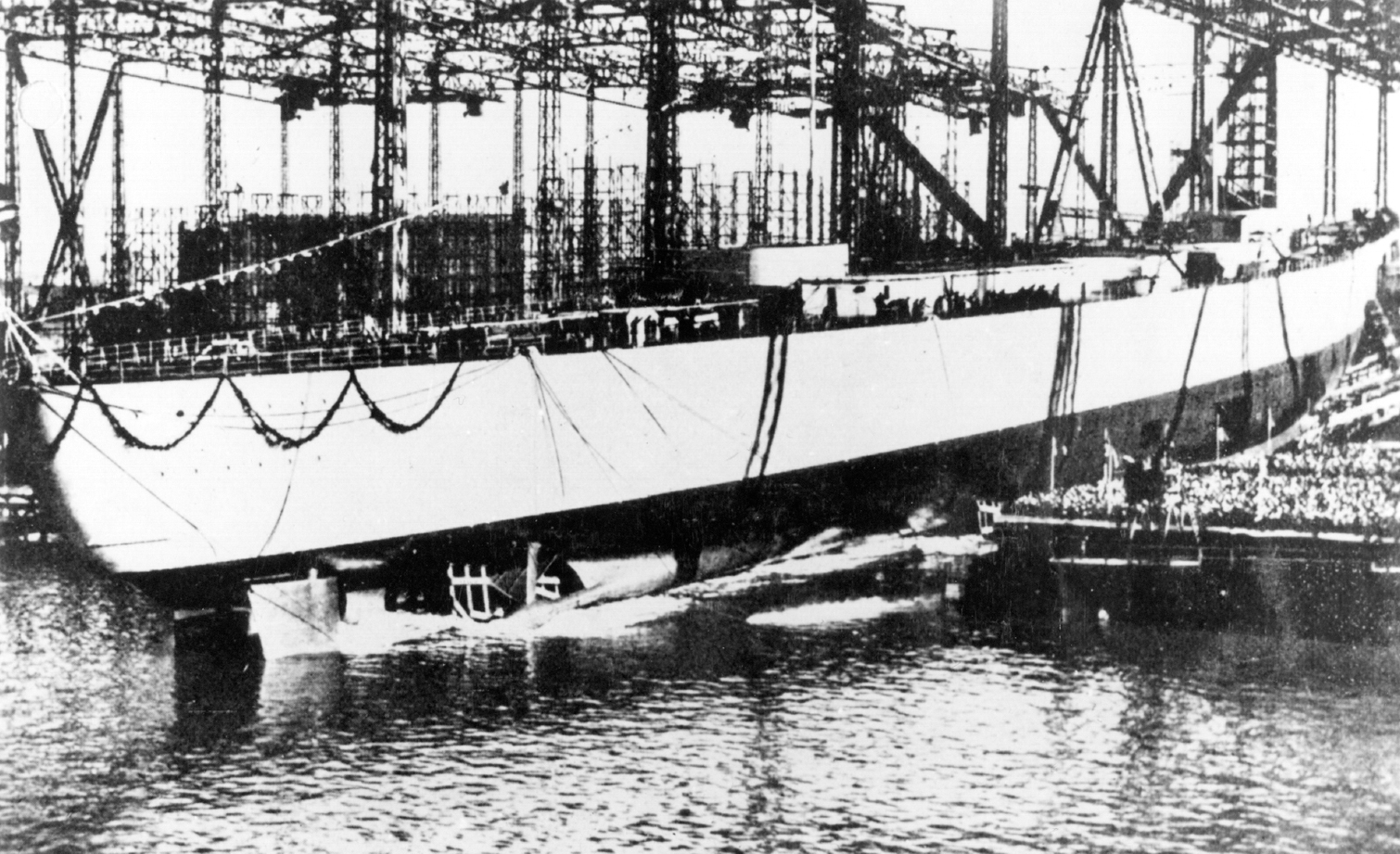
The launch of the German battleship Bismarck at Hamburg in February 1939.
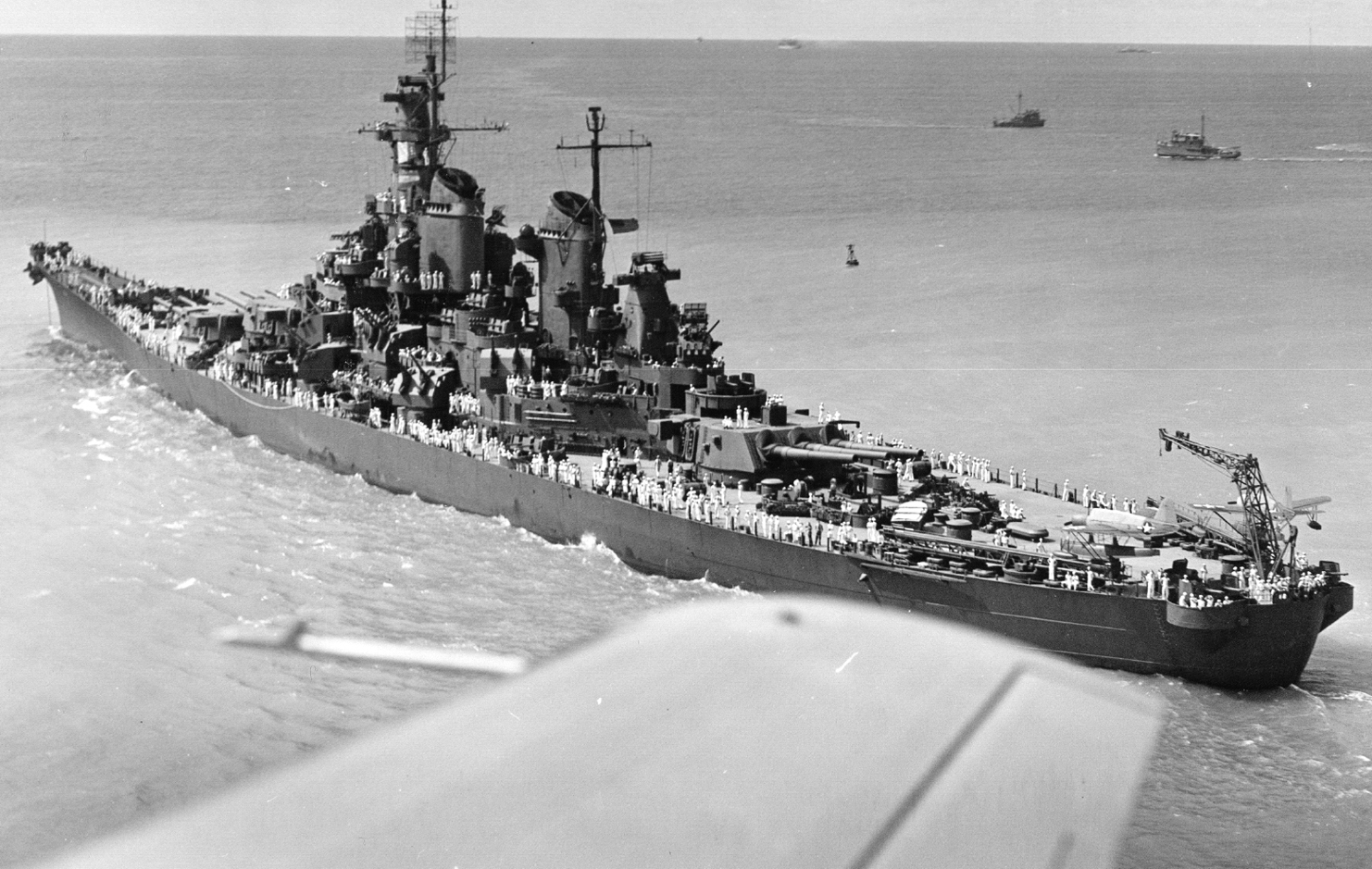
The USS New Jersey, BB62, on Pacific duty in WW2.
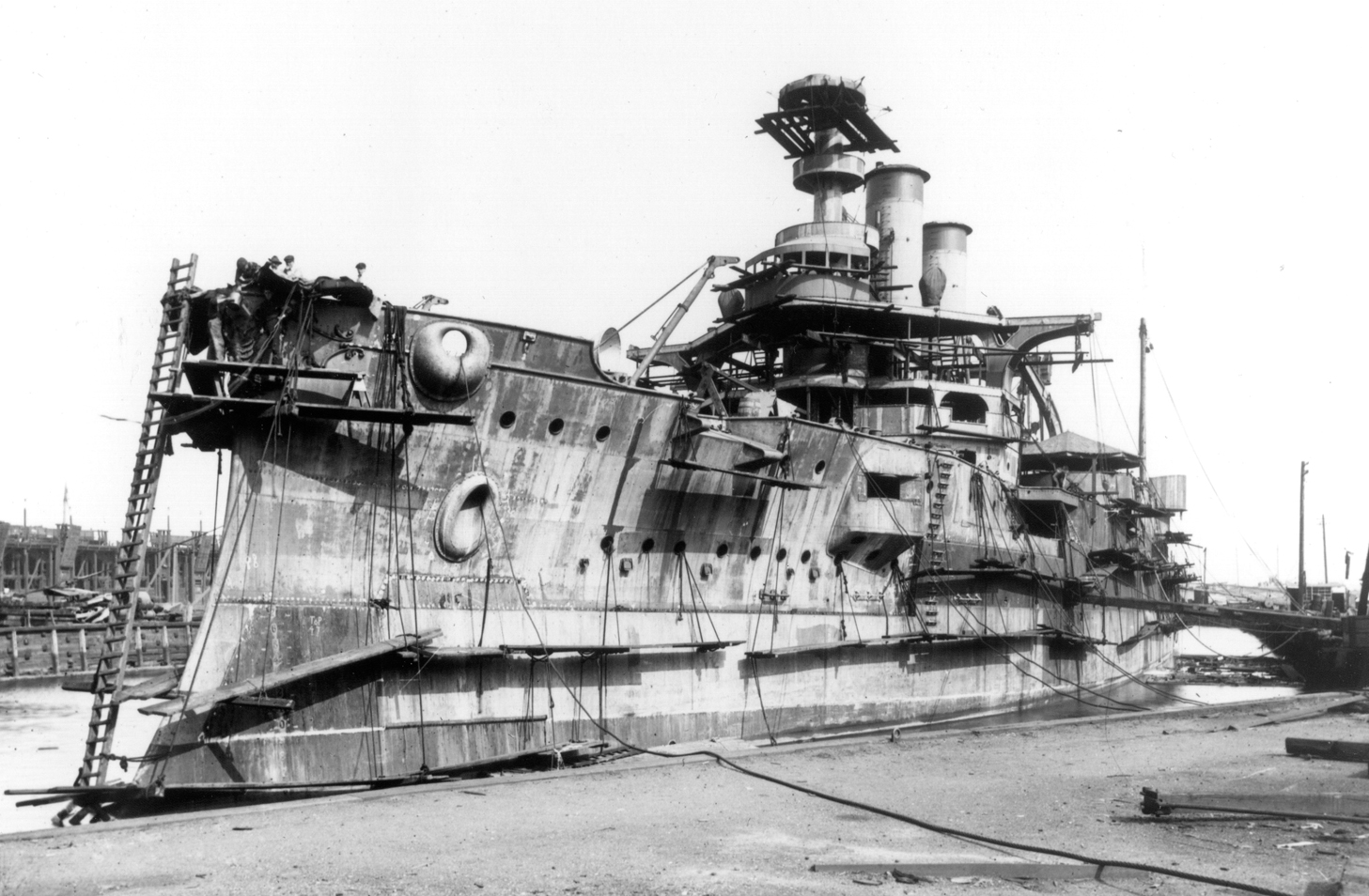
The USS Idaho, BB24, fitting out in the William Cramp Yard at Philadelphia, Pennsylvania, in 1906. The second of the Mississippi class battleships, Idaho was sold to Greece and renamed Lemnos in 1914. She was sunk by German bombers in April 1941.
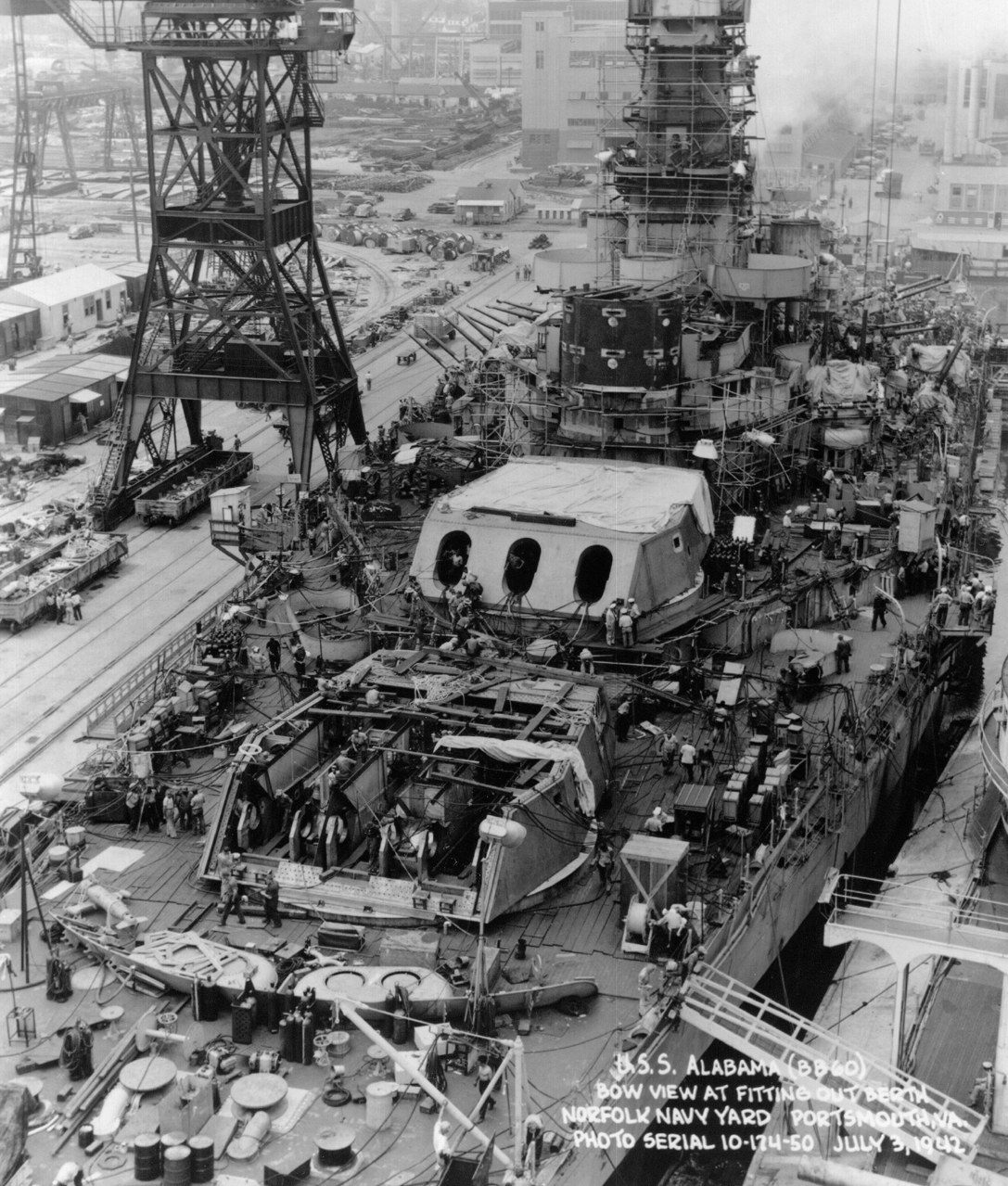
The USS Alabama in her fitting out berth at Norfolk, Virginia, 1942
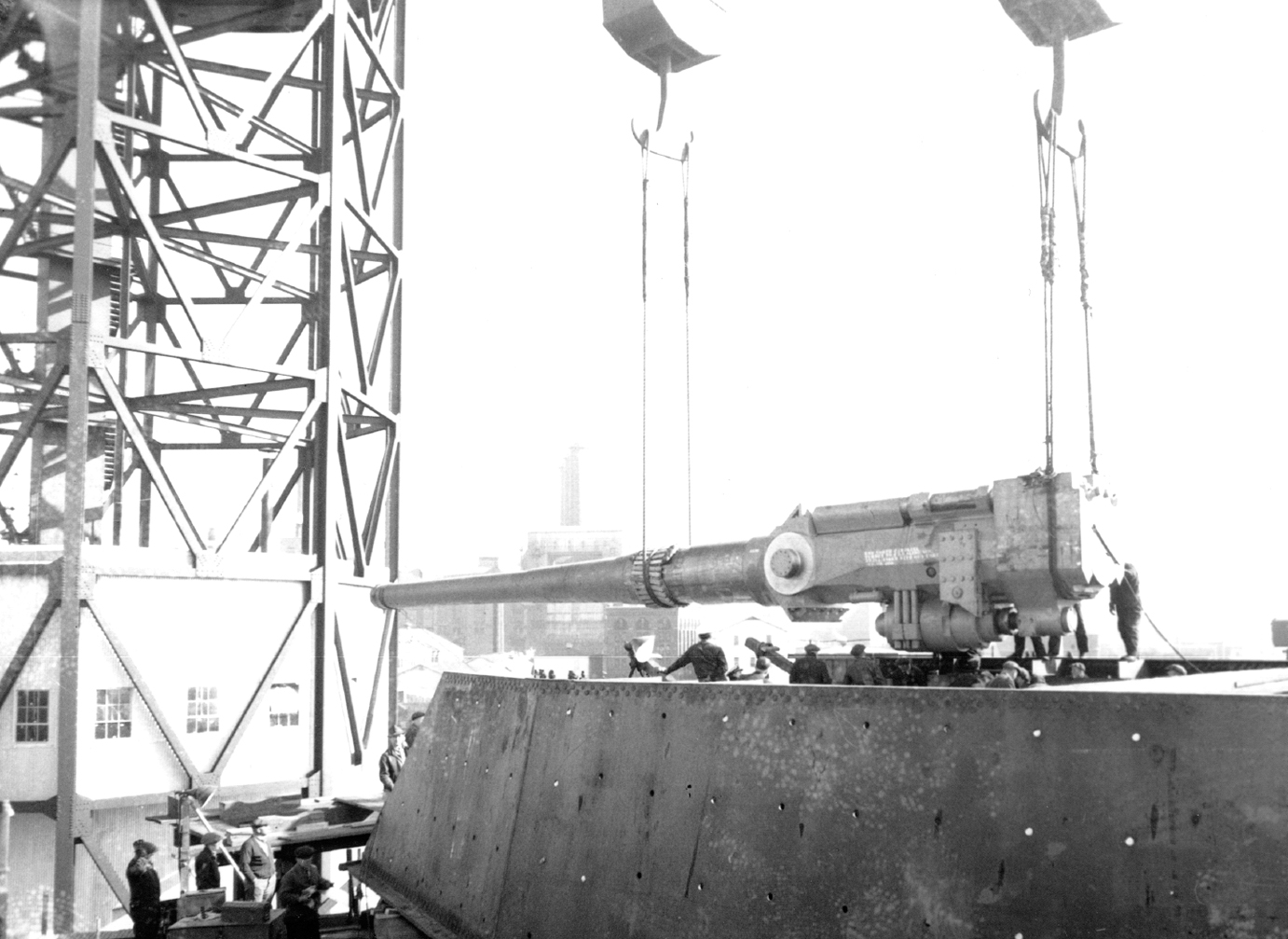
Lowering one of the great sixteen-inch main guns into a turret of the USS North Carolina, BB55, during her fitting out. Serving in every major naval action in the Pacific in WW2, she was the most highly-decorated U.S. battleship of the war.
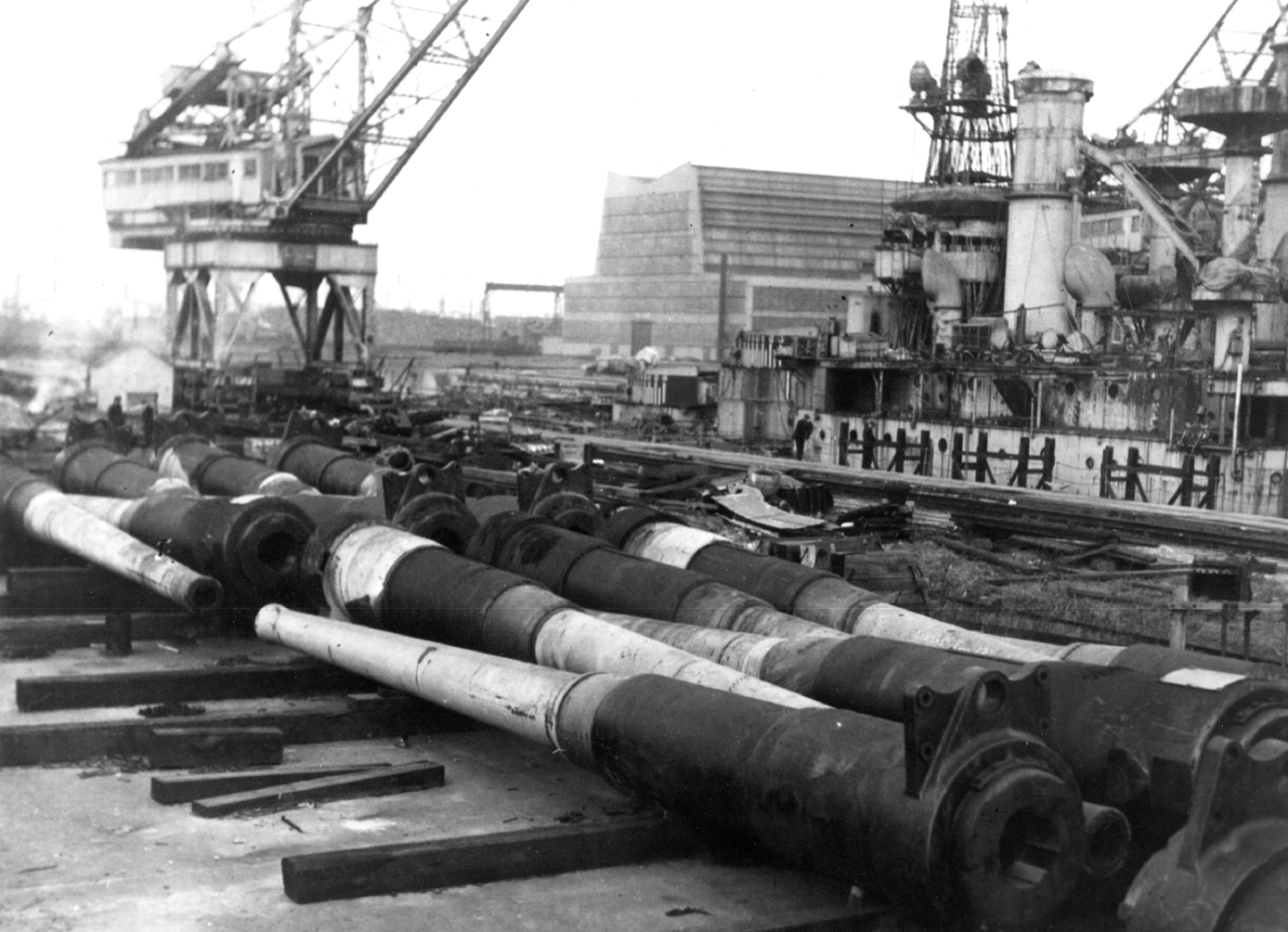
The main guns of the battleship USS South Carolina, BB26, in a scrapyard at Philadelphia, Pennsylvania, in 1923.
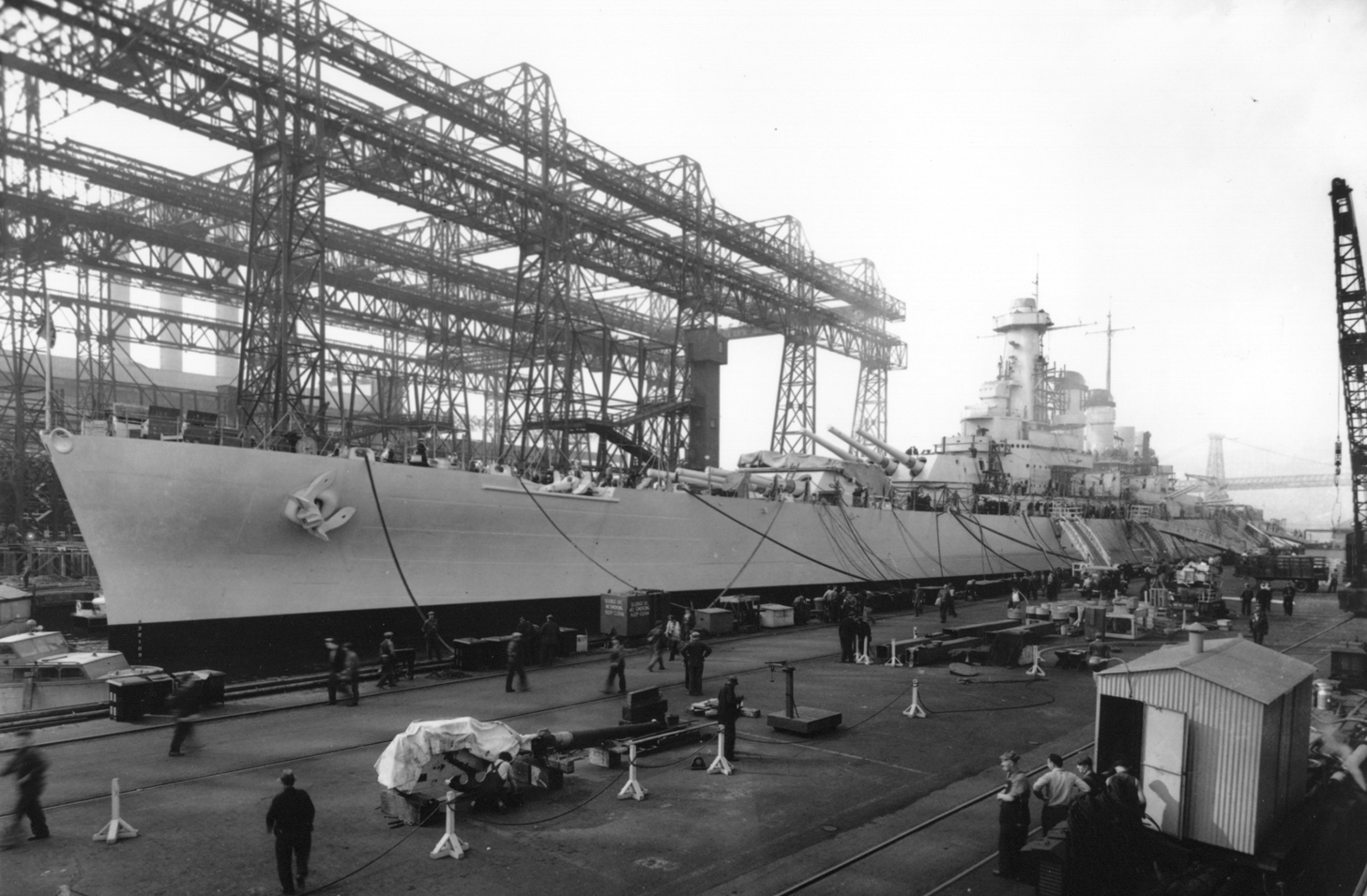
The newly-competed USS North Carolina, BB55, at the New York Navy Yard in 1941.
Battleship Sailors
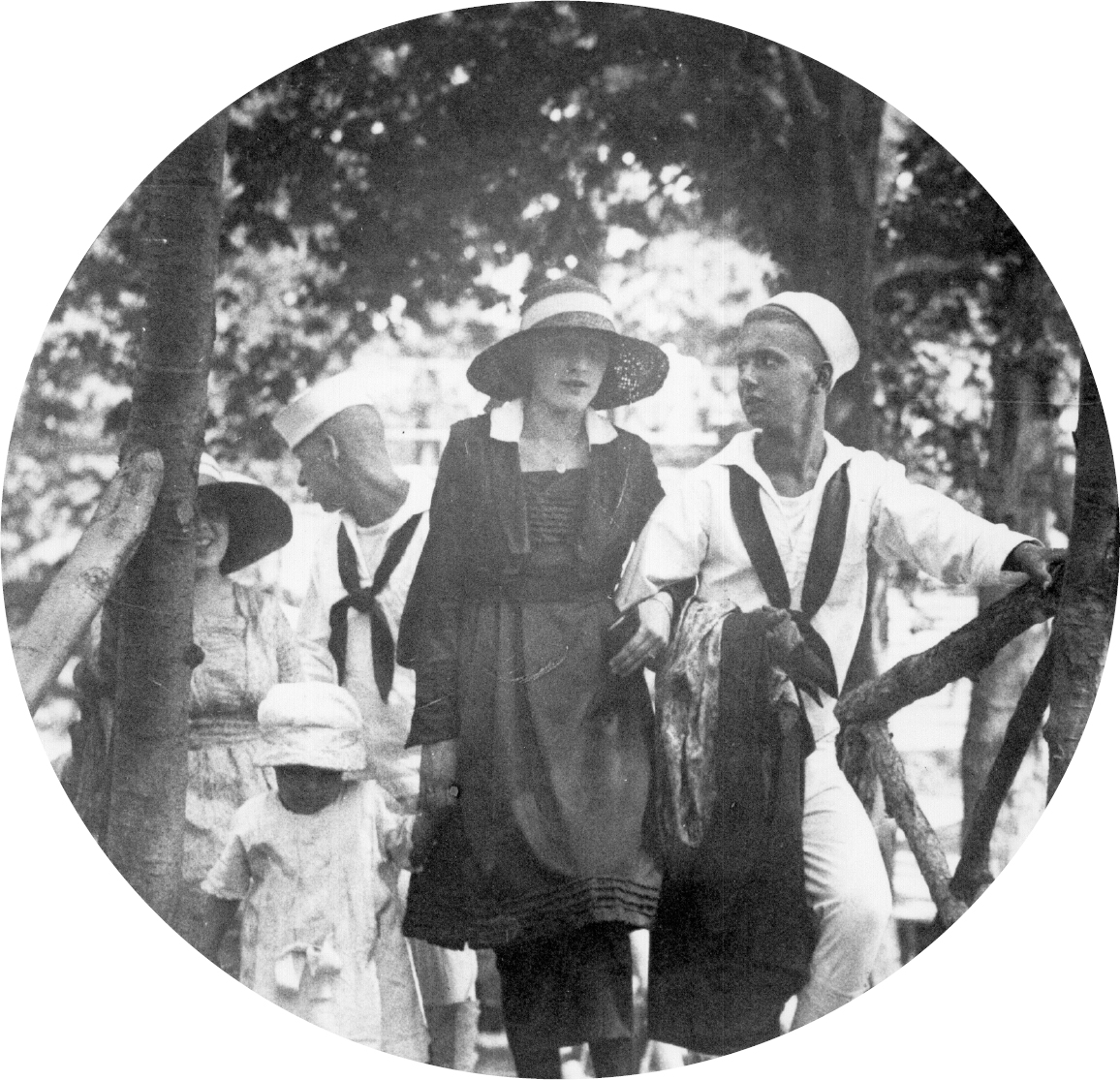
Visitors Day, 1918, at the Great Lakes Naval Training Station near Chicago, Illinois.
Battleship sailors, we get the big head. Were the best. In any competition with another ship, we come out on top. We work hard and the work is tedious. But when we pull into port, we look good. We know that.
Ernest Ervin, Reidsville, North Carolina
I actually had some connection with all of the King George V battleships. When I first left Dartmouth [Britannia Royal Naval College] in January 1941, I was appointed to the Prince of Wales. In fact, I never joined her, because my father, who was then the Director of Naval Ordnance, came home at Christmas time for a short weekend and, although he wouldnt say where he was going, I had guessed correctly that he was going to become captain of the Prince of Wales, so I couldnt go there. I had a month in the Rodney, and I joined
Next page
